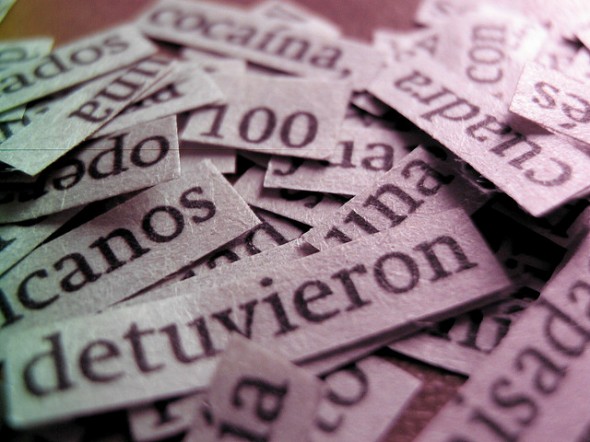Written by Izzy Woods
 Dadaism was a movement (or, should that be, anti-movement?) which came out of the horror and dereliction left by the First World War. It was intended to satirise and to shock, at a time in which the ordinary world felt anything but ordinary. It was, essentially, a movement of anger and protest. So, could today’s artists, musicians and dancers feel the same way about Dadaism, as those early pioneers did? Back then, they made art out of urinals – would the modern equivalent be memory foam mattresses? Can art inspired by Dadaism be important or relevant today, or is it something that was of its time? Dada’s proponents were horrified by what had happened to the continent in which they lived, and they were angry at the establishment that had allowed it to happen. As a result, they sought to create ‘anti-art’ that shocked and ridiculed the status quo. People were repulsed by the Dadaists’ art at first. Then, the artistic mainstream began to accept it. So, the movement ended, no longer having a purpose. While Dadaism was essentially a movement aimed at creating revulsion, and borne out of horror and disgust, the art that it created was not horrible or disgusting. Dadaism created absurd, colourful, fun art that broke all the rules simply by having no rules. Dada may have been short lived, but it went on to form the basis of many other movements of ‘anti-art’. The concept of a movement that existed to reject and poke fun at the world struck a chord with many people. Movements that include surrealism, pop-art, punk, post-modernism and abstract art. All these movements are very different from each other, but what they have in common is their ability to shake people up and to force people into new ways of thinking, or to turn them away. These movements were not Dadaism, but they took and used some of its values. To them, Dadaism was undoubtedly relevant. So, can Dada have relevance for us today? Does a movement like the Dada Dance Movement have something to say about us and our society? And does it matter whether it does or not? We live in an uncertain and changing world, in which old beliefs are constantly being challenged and changed, whether for good or ill. We may not be experiencing the kind of cataclysmic change that the original Dadaists experienced, but there is no doubt that for all of us, life over the next decade and beyond is likely to be challenging, economically and therefore, socially. It is rare that anything challenging comes out of contentment. Dada and its related movements demonstrate human beings’ capacity to find a way through even the darkest seeming tunnels. And they do not do it by conforming to the same conventions and norms that caused the problem in the first instance, but by ridiculing them, and creating something that is both nihilistic and positive, something absurd. Dadaism resonated because it captured a particular mood. The mood that it captured was one that related to a specific set of circumstances, but it was also one that could be applied to many other sets of circumstances. That is why Dadaism is still relevant today, and why modern Dada movements have their place. Dadaism was essentially an anti-war movement, but it could be an anti-anything movement. It celebrates a very basic human desire – to question, rather than to simply accept, our circumstances. It does so in a way that those who are being questioned would not recognise or even understand, and that is what gives it its power. So, what can the Dada Dance Movement in particular give us? Dance, and the music that accompanies it, has the potential to be the most powerful of all the art forms. It is a social form of art, which rather than being created by someone sitting alone and separate from their audience, is about interaction. The audience sees the art being created in front of them, and that creates a particular kind of energy. In a society in which we constantly see people’s forms on screen, Dada dance can help us see a different perspective. |
[…] now a days could use dadaism to react against anything they wanted to. Below is a quote taken from http://www.dadadanceproject.org/?p=2066 to help my […]